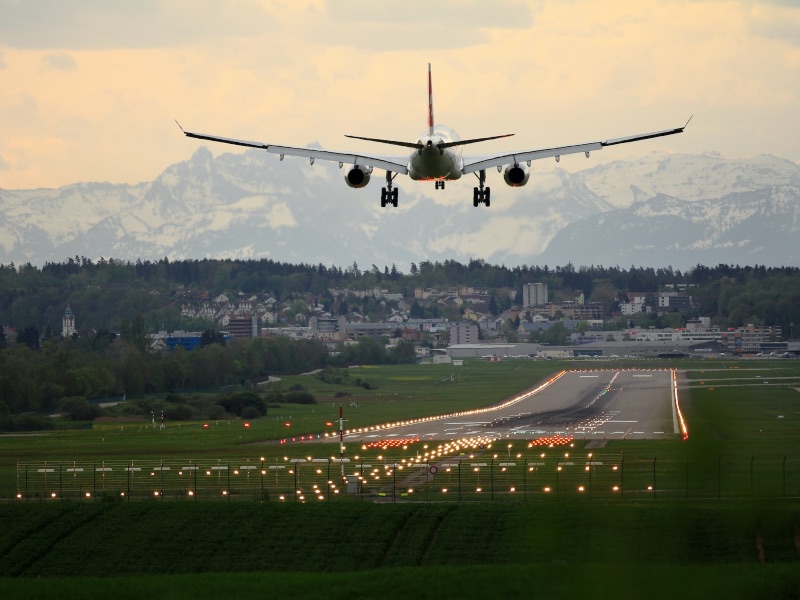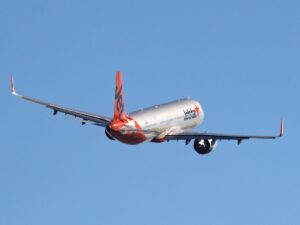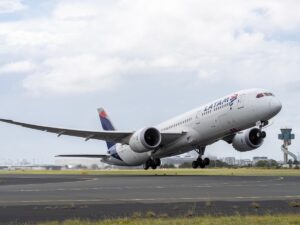
Today marks the beginning of the 2022-23 IATA northern winter scheduling period. For passengers, this doesn’t really mean much – but it’s a significant date for airline schedulers.
Many new airline route launches, cancellations or restarts are planned around the IATA scheduling seasons. With today heralding in the new IATA northern winter season, for example, around a dozen new or relaunched international flights are commencing to and from Australia. This includes the restart of Qantas flights from Sydney to Santiago, Air Mauritius from Perth to Mauritius and Virgin Australia flights to Queenstown.
Many airlines, including United and Air Asia X, are also increasing the frequency of existing flights from this weekend.
So, what are the IATA northern winter and summer schedules – and why do they matter?
A default changeover point for airline schedules
Each year, the IATA northern winter period ends and the northern summer period begins on the last Sunday in March. Conversely, the changeover from the IATA northern summer to winter happens on the last Sunday in October. (If you’ve done the maths, you may notice that this means the “northern summer” period lasts for 7 months and winter for 5 months.)
Of course, with the IATA-designated seasons aligned to the northern hemisphere, the winter season occurs during the Australian summer and vice versa.
The changeover between the IATA seasons is often used as a universal cutoff point for airlines to adjust their seasonal schedules or make changes to their routes.
As travel demand patterns can be different on certain routes during summer and winter in each of the hemispheres, airlines often schedule seasonal flights to operate from the end of March until the end of October, or vice versa.
Most airlines also need to make some modifications to their schedules between winter and summer anyway, even if they are operating exactly the same routes year-round, due to daylight savings starting or ending at the destinations they serve. Some airlines will also make slight modifications to scheduled flight times between the seasons due to seasonal weather patterns that could result in stronger headwinds or tailwinds at certain times of the year.
Airport slot considerations
The IATA scheduling seasons also impact airlines when it comes to airport slots.
There are over 200 slot coordinated airports around the world where the airports are operating at full capacity, and therefore airlines need take-off and landing slots to be able to operate there. These slots can be in such high demand that Oman Air reported paid USD75 million for a pair of early morning landing & take-off slots at Heathrow Airport in 2016.
Once an airline has an airport slot, they are able to keep that slot indefinitely – but it’s on a “use it or lose it” basis.
At busy, slot-constrained airports such as Sydney, London Heathrow, Tokyo Haneda or New York JFK, airlines must operate at least 80% of the flights for which they hold a slot during each IATA scheduling season, in order to retain that slot in the following year.

Throughout the COVID-19 pandemic, slot waivers have prevented airlines from losing their airport slots if they did not operate at least 80% of their schedule while borders were closed and travel demand was suppressed.
Some airlines have argued that this was anti-competitive, as it has prevented new start-up airlines from accessing slots at busy airports. But this has also prevented airlines from having to run environmentally-disastrous “ghost flights” with empty planes just to avoid losing their valuable slots.
Most COVID-19 slot waivers are currently due to expire when the current IATA northern winter period ends on 26 March 2023. From this date, airlines will need to resume operating their full schedules or risk forfeiting their airport slots.
Summary
The start and end of each IATA scheduling period marks the universal date when airlines change over their seasonal schedules and often start or end routes.
When airlines update their schedules, they often use the start or end of a northern summer/winter season as a default changeover point.
Over recent years, when airlines have pushed back the restart date of a service suspended due to COVID-19, they have often started by cancelling everything up to the following scheduling period changeover as an interim measure.
That’s why, if you see that an airline has cancelled a route up until the end of October or March, it doesn’t necessarily mean they actually plan to restart flights from then – it’s just a convenient placeholder date.
Join a discussion on this topic on the Australian Frequent Flyer forum.















































































